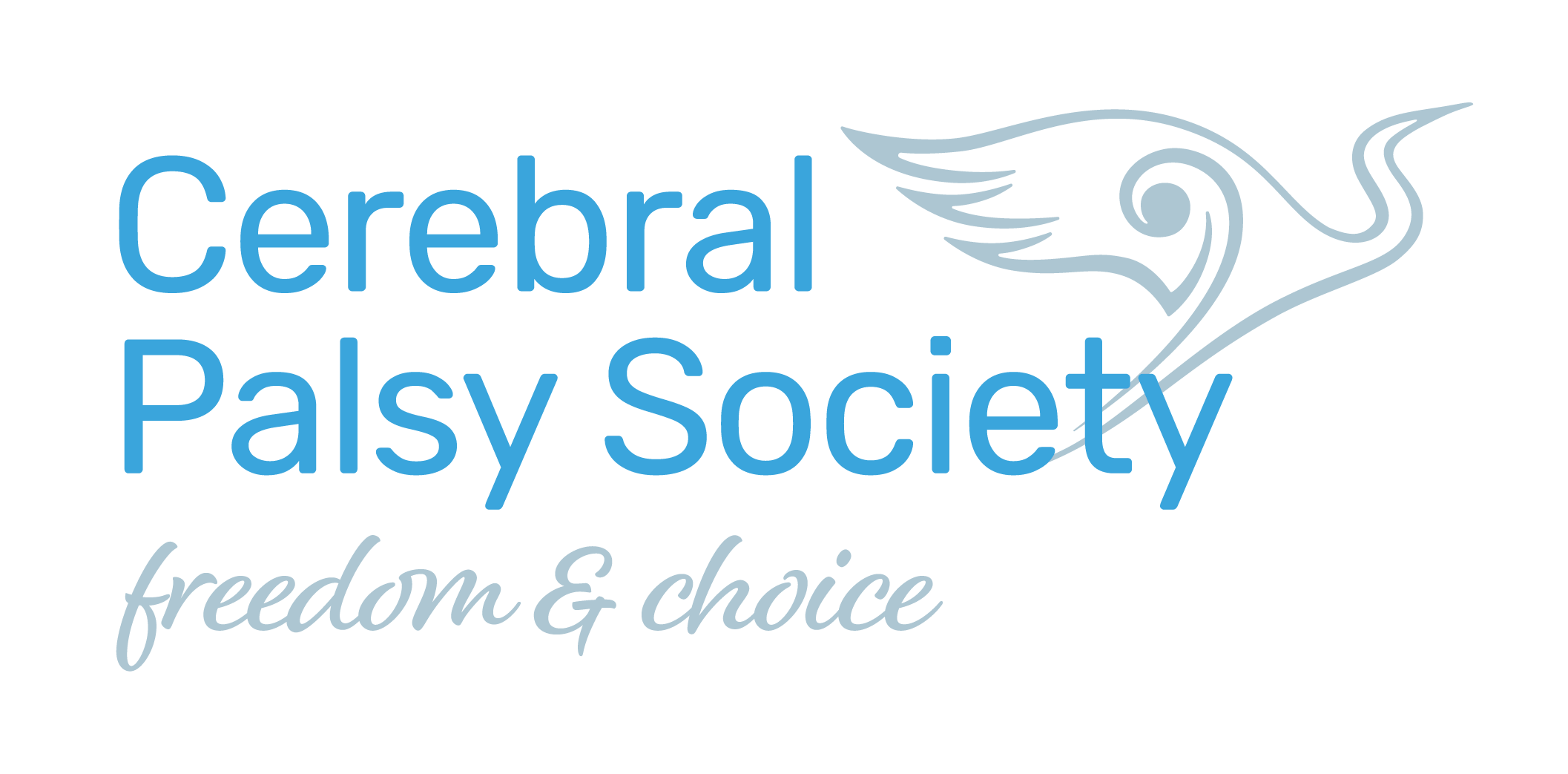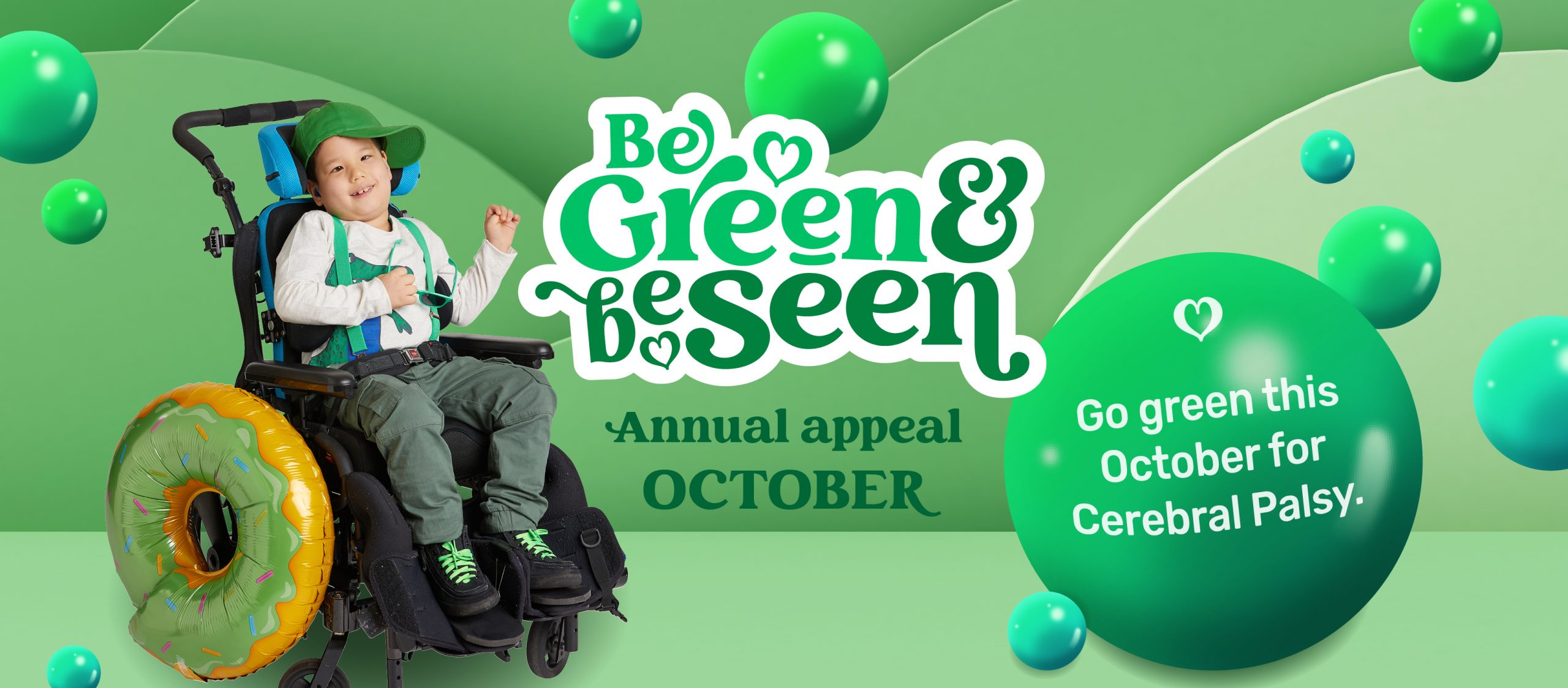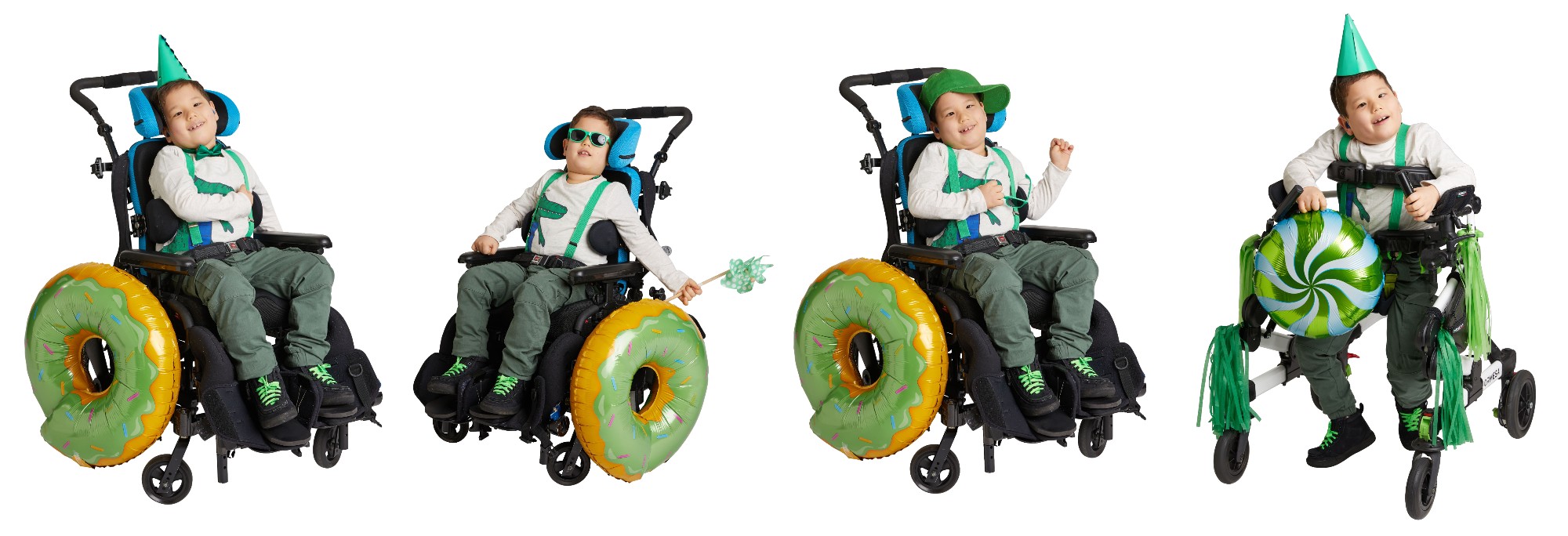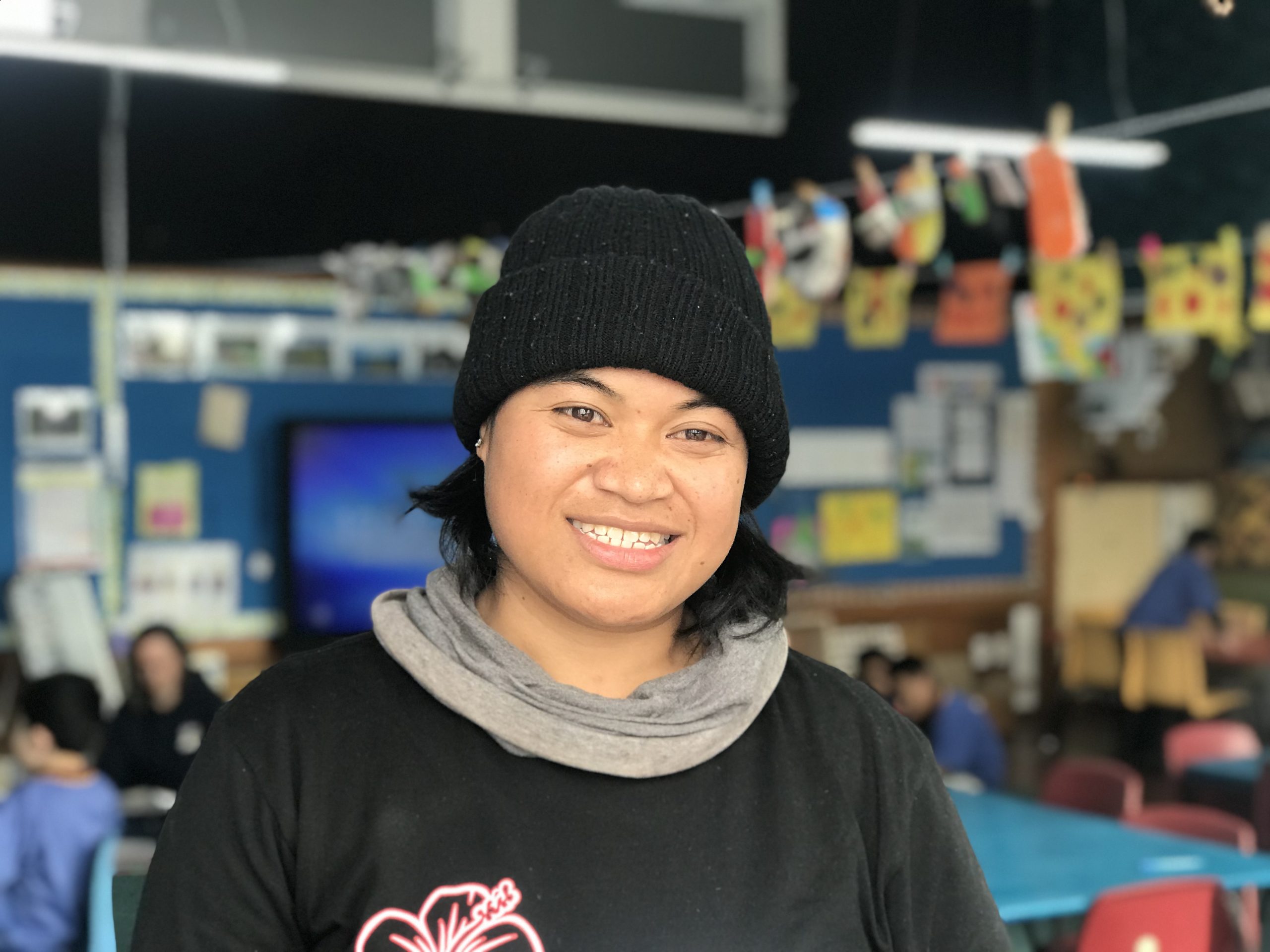NEWS & UPDATES
Press Release – New Zealand turns green this October so that Kiwi’s living with Cerebral Palsy are seen and supported!
03 Oct 2023
From people sporting green hair in Gore, to kids enjoying massive scoops of mint chocolate chip ice cream in the Coromandel, to bridges and landmarks in the South and North islands lighting up green during October – fellow Kiwis are showing their support for those living with Cerebral Palsy.
The Cerebral Palsy Society of New Zealand’s annual campaign Be Green & Be Seen kicks off for 2023 on October 1 and Kiwi’s will come together to celebrate inclusion, embrace diversity, and help advocate for a more accessible future for everyone.
October 6th is World Cerebral Palsy Day, and green is the international colour for Cerebral Palsy awareness.
Be Green & Be Seen runs throughout the month of October and continues to raise awareness of Cerebral Palsy (CP), and much needed funds for the programmes that support the Society’s members to enjoy active participation and social inclusion.
In New Zealand, Cerebral Palsy is the most common cause of physical disability for children, and every three days a baby is born with the neurological condition. There are approximately 10,000 people living with Cerebral Palsy in New Zealand.
Be Green & Be Seen calls on New Zealanders to get behind people living with Cerebral Palsy by going green for a day in October and fundraising. Schools can host green-themed mufti days while offices might organise green-themed shared morning teas.
A new addition to this year’s campaign calls on supporters to #beACTIVE by choosing a physical activity that they can carry out – everything from running or cycling to walking, swimming or Boccia. They can create a fundraising page and ask their friends, family, whānau and colleagues to support them by donating.
Helena Chan lives with Cerebral Palsy and is a member of the Society. She says that “despite what others may think, being regularly active in some shape or form is vital for people with CP, so this year I’ve signed up to the #beACTIVE challenge”.
“If you need that push to get yourself out of the winter slump while advocating for someone living with CP, well here’s your chance!” Helena says.
Society member Kurt Peterson, pictured, is a Kiwi Paralympics triathlete who lives with Cerebral Palsy and continues to break stereotypes about disabilities.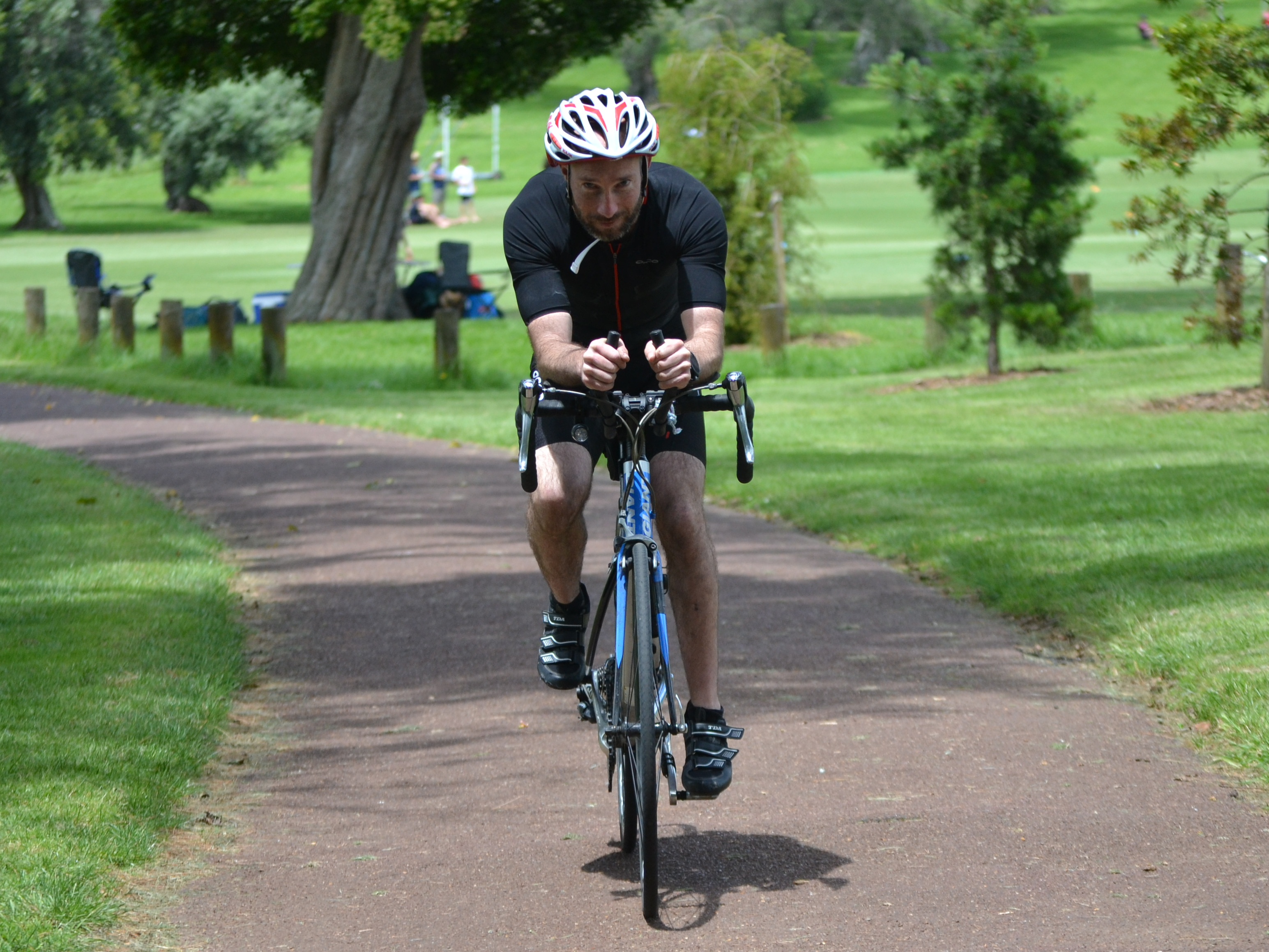
“I deeply encourage all Kiwi’s to sign up today for #beACTIVE and join me by participating in Be Green & Be Seen this October.
“Every member of the Cerebral Palsy Society has taught me to break through the expectations that the world sets upon us,” he says.
“I want to share my approach with the youth that are differently abled. I want to be an inspiration for young people to follow their dreams and desires, hit the gas-pedal and live a life that’s not only rewarding but also fulfilling!”
Country wide landmarks will also once again be beacons of the colour green in support of fellow Kiwis living with Cerebral Palsy. Among them will be the Auckland Harbour Bridge which is lighting up green on October 6 and 7.
A number of other monuments and landmarks around the country are joining in for Cerebral Palsy, including the Wellington Railway Station, the Cuba Bucket Fountain and Kelburn Park Fountain, the Majestic Centre, the Wellington Cable Car, the Whangarei Victoria Canopy Bridge, the Palmerston North Clock Tower, the Christchurch Airport Control Tower, the Toitū Otago Settlers Museum and the Otago Museum, the Dunedin Art Gallery, the Oamaru Opera House, the Cromwell Fruit Sign, the Hastings Clock Tower, New Plymouth Airport, the Gisborne Clock Tower and the I Love Taupō sign.
The funds raised during Be Green & Be Seen will contribute to the running of the Society’s getProgramme.
The funding programme ensures that Society members have access to transport, physical activities such as swimming lessons, gym and physio sessions, yoga classes, osteopathy or rehab clinics, as well as counselling and daily essential items that make living life with Cerebral Palsy that little bit easier.
Donations will be used by Society members just like Kevin Botha and Vaotane (Va) Filemoni. They have both shared their story of living with Cerebral Palsy to help raise funds and awareness.
Kevin 7, pictured below, uses a wheelchair, powerchair, walker and a standing frame, and is a student with Central Auckland Special School, attending satellite classes at Oranga Primary. He loves going to school and attends some mainstream classes.
Kevin’s Cerebral Palsy is classified as GMFCS (Gross Motor Function Scale) level 4, which means he can walk short distances on a walker, and relies more on wheeled mobility at home, school, and in the community. He is non-verbal – he makes sounds but doesn’t articulate himself using words. Instead, Kevin uses a communication book, a tablet and New Zealand Sign Language.
Vaotane (Va) 32, pictured below, a teacher aide in South Auckland and a keen ballroom dancer, finds a simple explanation along the lines of “I was born this way” is a great way to encourage acceptance around differences.
The Cerebral Palsy Society of New Zealand General Manager Clare Williams is very grateful to everyone who takes part in Be Green & Be Seen.
“From the people who plan and organise an event, to those who participate and those who boldly go green, to those who donate. Thank you, from the bottom of our heart.”
For more information about Be Green & Be Seen, and to find out how you can get involved, go to www.cerebralpalsy.org.nz/be-green-be-seen
To donate go to www.givealittle.co.nz/cause/bgandbs
To sign up for #beACTIVE go to www.begreenandbeseen.org.nz
<END>
What is Cerebral Palsy
Cerebral Palsy is a physical disability that affects movement and posture. It is an umbrella term that refers to a group of disorders affecting a person’s ability to move.
It is a permanent life-long condition but generally does not worsen over time.
Cerebral Palsy is due to damage to the developing brain, either during pregnancy or shortly after birth.
Cerebral Palsy affects people in different ways and can affect body movement, muscle control, muscle coordination, muscle tone, reflex, posture, and balance.
Although Cerebral Palsy is a permanent life-long condition, some of the signs of Cerebral Palsy can improve or worsen over time.
People who have Cerebral Palsy may also sometimes have visual, learning, hearing, speech, and intellectual impairments, and epilepsy.
There is no known cure and the rates of Cerebral Palsy have remained unchanged despite recent advances in medicine.
www.cerebralpalsy.org.nz/cerebral-palsy
About the Cerebral Palsy Society
The Cerebral Palsy Society is a member-based organisation that strives to enhance the lives of people with Cerebral Palsy in New Zealand by providing programmes, support and advice.
Our members are at the heart of everything we do and we are proud to support New Zealanders living with Cerebral Palsy at all ages and stages.
We run a variety of programmes and services for our members – from funding to subsidise taxi travel and physical activities, to grants, member events and support networks.
www.cerebralpalsy.org.nz/about-us
For more information:
Melanie Louden
Communications Manager
melanie@cpsociety.org.nz
022 087 8191
Sophie Westacott
Events & Campaigns Specialist –
Be Green & Be Seen
sophie@cpsociety.org.nz
022 183 2051
Cerebral Palsy Society of NZ
cpsociety@cpsociety.org.nz
www.cerebralpalsy.org.nz
0800 503 603
